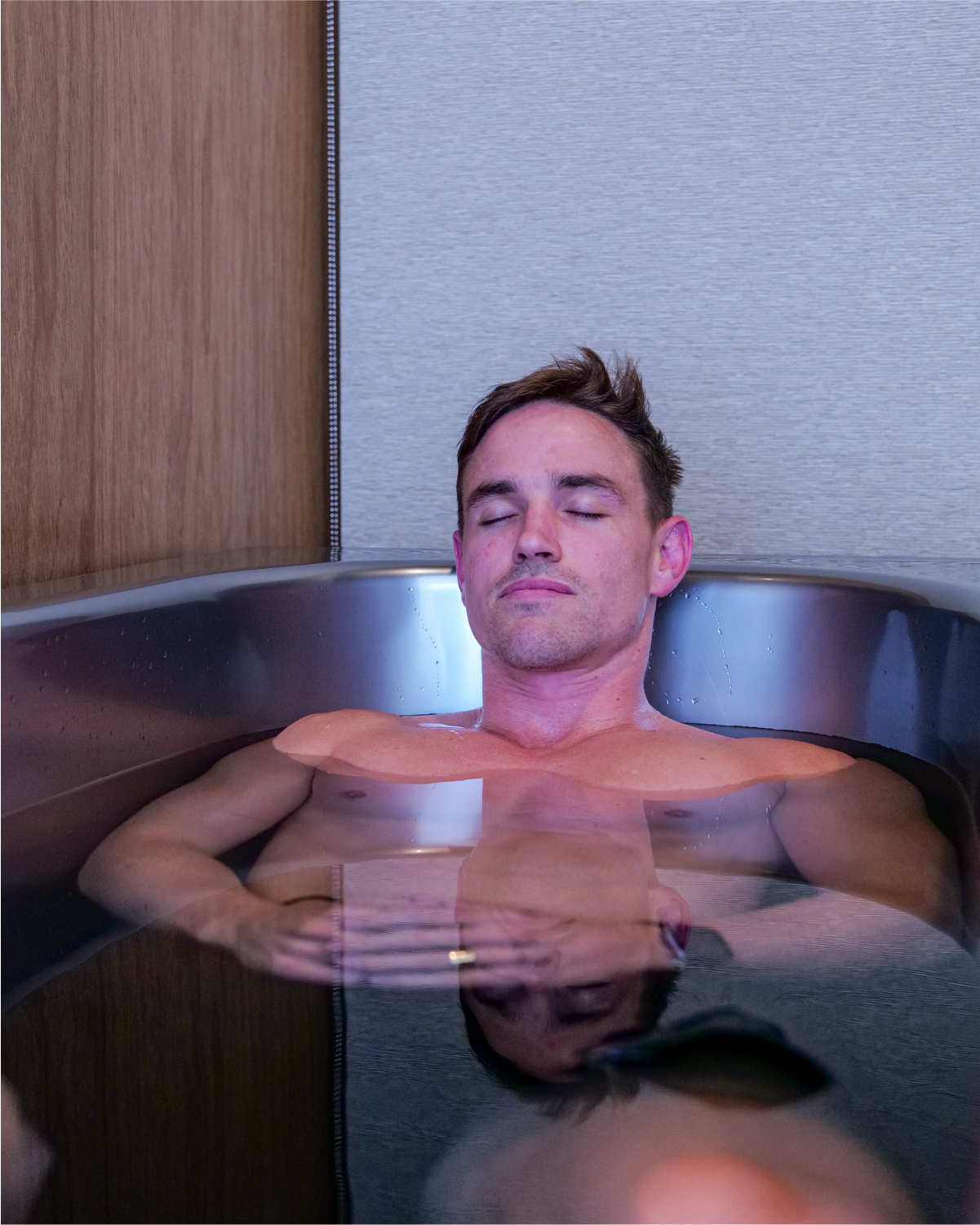
Float therapy, also known as sensory deprivation therapy, has been gaining significant popularity in recent years as a holistic approach to wellness.
In this comprehensive guide, we will delve into the concept of float nz therapy, its origins, the benefits it offers, and practical tips for those considering this unique form of therapy.
What is Float Therapy?
Float therapy, also referred to as isolation therapy, involves floating in a specially designed sensory deprivation tank that is filled with a solution of Epsom salt and water. The tank is soundproof and lightproof, creating an environment of sensory deprivation.
The process of float therapy entails entering the sensory deprivation tank, where the buoyancy of the Epsom salt water allows individuals to effortlessly float on the surface. The water is heated to skin temperature, blurring the lines between the body and the surrounding environment, ultimately inducing a state of deep relaxation.
The key components of float nz therapy include the sensory deprivation tank, which is designed to eliminate external stimuli such as light and sound, and the Epsom salt water, which promotes buoyancy and offers therapeutic benefits to the skin.
The Benefits of Float Therapy
Float therapy offers a wide range of benefits that encompass physical, mental, and potential spiritual well-being. From a physical standpoint, individuals may experience relief from chronic pain, muscle relaxation, and improved circulation. The buoyancy of the water relieves pressure on the joints and muscles, providing a weightless sensation that can alleviate tension and promote overall physical relaxation.
On a mental level, float therapy has been shown to reduce stress, anxiety, and promote mental clarity. The environment of sensory deprivation allows the mind to enter a state of deep relaxation, fostering a sense of calm and tranquility. Many individuals also report enhanced creativity and improved focus following float sessions.
In addition to the physical and mental benefits, some individuals may find that float therapy offers a unique opportunity for spiritual exploration. The meditative environment created by sensory deprivation can facilitate introspection, self-reflection, and a heightened sense of mindfulness.

Who Can Benefit from Float Therapy?
Float therapy is a versatile wellness option that can benefit a wide range of individuals. Athletes often turn to float therapy to aid in muscle recovery and relaxation, while those suffering from chronic pain conditions may find relief from the alleviation of pressure on the body. Additionally, individuals experiencing stress-related conditions, such as anxiety or PTSD, may find solace in the calming effects of float therapy.
Testimonials and case studies have demonstrated the effectiveness of float nz therapy for different demographics, further highlighting its potential to benefit a diverse range of individuals. From busy professionals seeking relaxation to individuals on a journey of self-discovery, the appeal of float therapy spans across various lifestyles and wellness goals.
Preparing for a Float Therapy Session
For those considering their first float therapy session, it's important to be mentally and physically prepared. First-time floaters should expect to spend approximately 60 to 90 minutes in the sensory deprivation tank, allowing ample time for the mind and body to fully relax and experience the benefits of the therapy.
To prepare mentally, individuals should approach the session with an open mind and a willingness to embrace the sensation of weightlessness and sensory deprivation. It can be helpful to practice deep breathing techniques or mindfulness exercises to ease into the experience.
Physically, it's recommended to avoid caffeine and heavy meals before the session to enhance the feeling of relaxation. Additionally, individuals may choose to bring along personal items such as a bathing suit (optional) and a towel to use before and after the float.
Choosing a Float Center
When selecting a float center for a therapy session, several factors should be taken into consideration to ensure a positive experience.
Cleanliness and hygiene are paramount, as the environment of the sensory deprivation tank should be pristine to promote relaxation and wellness. The professionalism of the staff and their knowledge of float therapy can also contribute to a reassuring and comfortable experience for visitors.
The availability of amenities such as showers, relaxation areas, and post-float care facilities can enhance the overall experience and contribute to a sense of well-being. Customer reviews and recommendations can offer valuable insights into the reputation and quality of the float center, aiding individuals in making an informed decision.
Conclusion
In conclusion, float nz therapy offers a holistic approach to wellness that addresses the physical, mental, and potential spiritual well-being of individuals.
By exploring the benefits of float therapy, understanding who can benefit from this form of therapy, and preparing for a session at a reputable float center, individuals can unlock the transformative potential of this unique wellness practice.




























